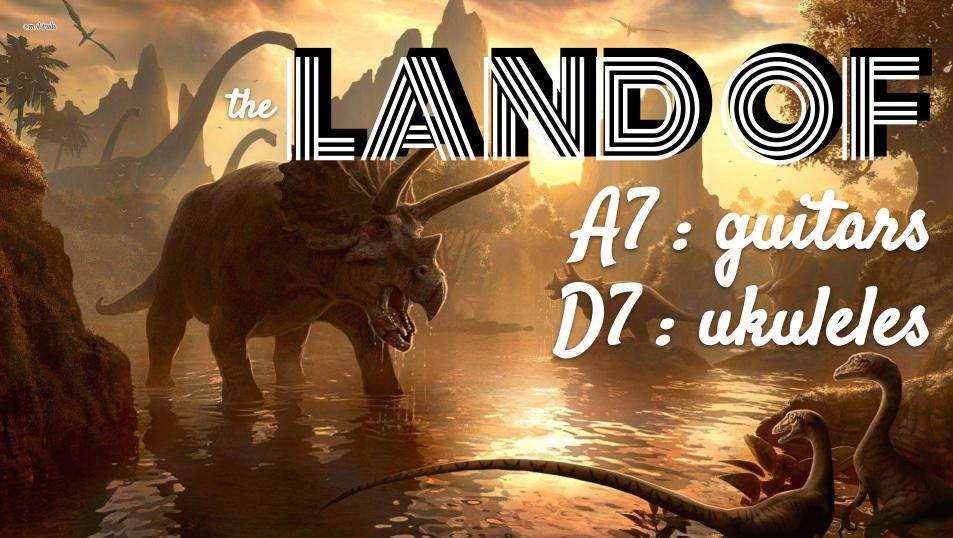Easy G,C,D Guitar Chords (The Drone Technique)
- Jon Wheeler
- May 16, 2024
- 3 min read
I’ve had a few instances in the last week or so with people struggling with ‘G’ and ‘C’ major on the guitar. Pretty basic chords, but, to the beginner they do present some challenges. Neither are particularly ‘compact’ chords (i.e. the fretted strings are further apart, or stretched over three frets instead of two), and the orientation of your hand for each chord is different, with no ‘notes in common’ to pivot on.
Okay so below is a picture of your regular, ‘G’ and ‘C’ major chords, in the first position as most books, videos and tutors use, but that many beginner guitarists initially struggle with. I’m not suggesting you give up on these, because chances are you will want to use that traditional approach sometimes, and being able to use both is best. It’s just that you’ll have a choice. I've included the 'D' major chord here too, as we'll need it for later.

Before we move on too far, if you think this particular topic could be useful for you, I suggest checking out my blog ‘Beating The Buzz (Don’t Fret About Fretting)’ because if you want to master this, that’s kind of a prerequisite.
Read that blog here :
A Different Approach...
This approach however generally works and sounds good 95% of the time, and it gets over a few of the major obstacles you might be having with smooth changes between ‘G’ and ‘C’. There is a finger (or there are fingers) in common with both shapes, so you always know where you are on the fretboard, and your hand stays orientated in the same direction. In fact all you have to do is move your index and middle fingers up and down a string, keeping them in the same shape and the same distance apart.
This four fingered version of 'G' has a slightly fuller, sweeter sound. 'Cadd9' is just a variation of 'C' major, so either voicing shown below can be swapped in and out for a traditional 'C' major chord as necessary. These voicings (or versions) might sound slightly different if you're comparing them to a specific record, but in terms of general strumming, and ease of use, they're pretty bloomin' useful. Remember to try and not play the strings marked with an 'X', although if you can reach, muting at least the bass 'E' string by reaching your thumb over the top will solve most of that undesirable low end rumble.


The bonus to this technique is that it’s also really easy to include a ‘D’ chord as well, giving you access to three chords spaced appropriately apart musically for most rock’n’roll, blues and popular music. In musical terms, these chords are referred to as the I, IV and V, the first fourth and fifth chords in the scale.
These three chords will unlock a huge quantity of tunes for you to practice, and the fact that you have two slightly differing versions of Cadd9, and the Dsus4 as well as a standard ‘D’ major. This means you can vary up what you’re playing a little bit depending on what chord comes next, or simply experiment with what sounds good to you. For the Dsus4 chord, simply add your little finger to a standard 'D' major chord. You can use it to help you transition between chords, or make the variation a feature in itself.
Some people refer to this set of chords as ‘drone technique’, because no matter what you play you always have your ring finger on the third fret second string (a ‘d’ note). That note always sounding out helps to cover your chord transitions and make them sound smoother. When you change to and from the ‘D’ chord make sure you practice keeping that ring finger on the fretboard (literally, don’t lift a finger unless you have to) - use it to pivot onto the other chords. Give it a try, easy and reliable tricks like this that make you sound good with little effort are the bedrock of solid playing!
Record Time
Good Riddance (Time Of Your Life) by Green Day is an excellent example of both this drone technique, and the standard version of the ‘C’ chord being used in the same song (if the music video is to be believed!) Have a look at the video and keep your eyes on how Billy Joe Armstrong plays the chords. FYI - the missing chord you need for this song is Em.




I use the alternative method on almost all songs needing C, D and G - which you taught me several years ago! I've found it very serviceable. Moreover, if I can't find chords for a song on the internet, I can usually work them out using this chord pattern The D is also useful as a substitute for D7.